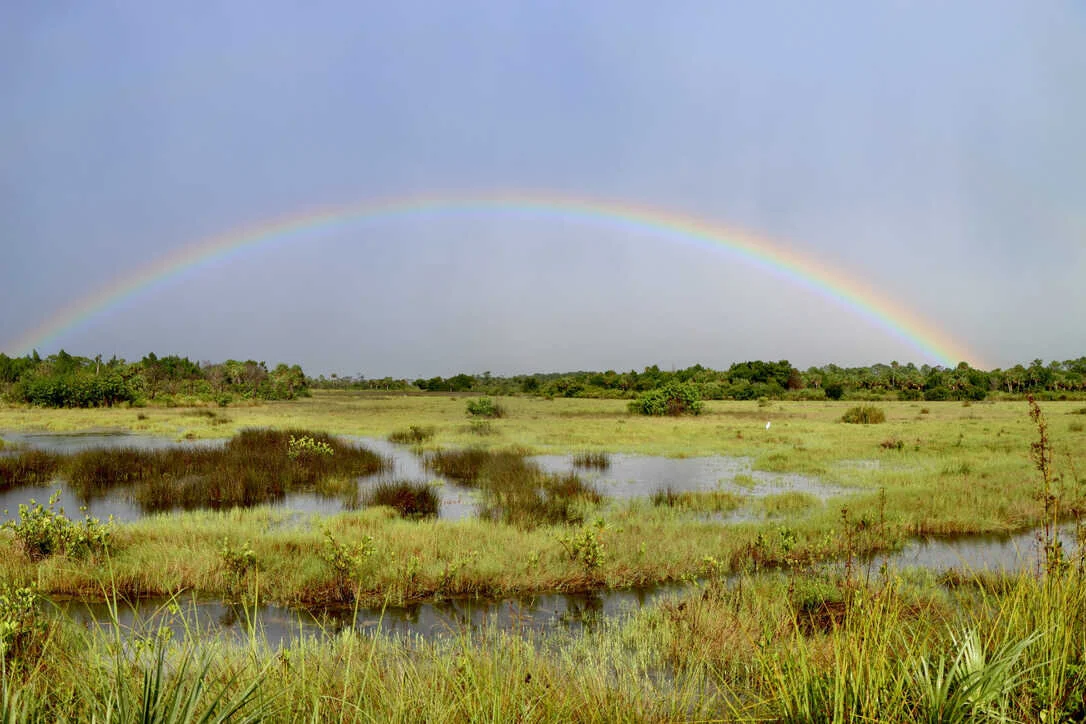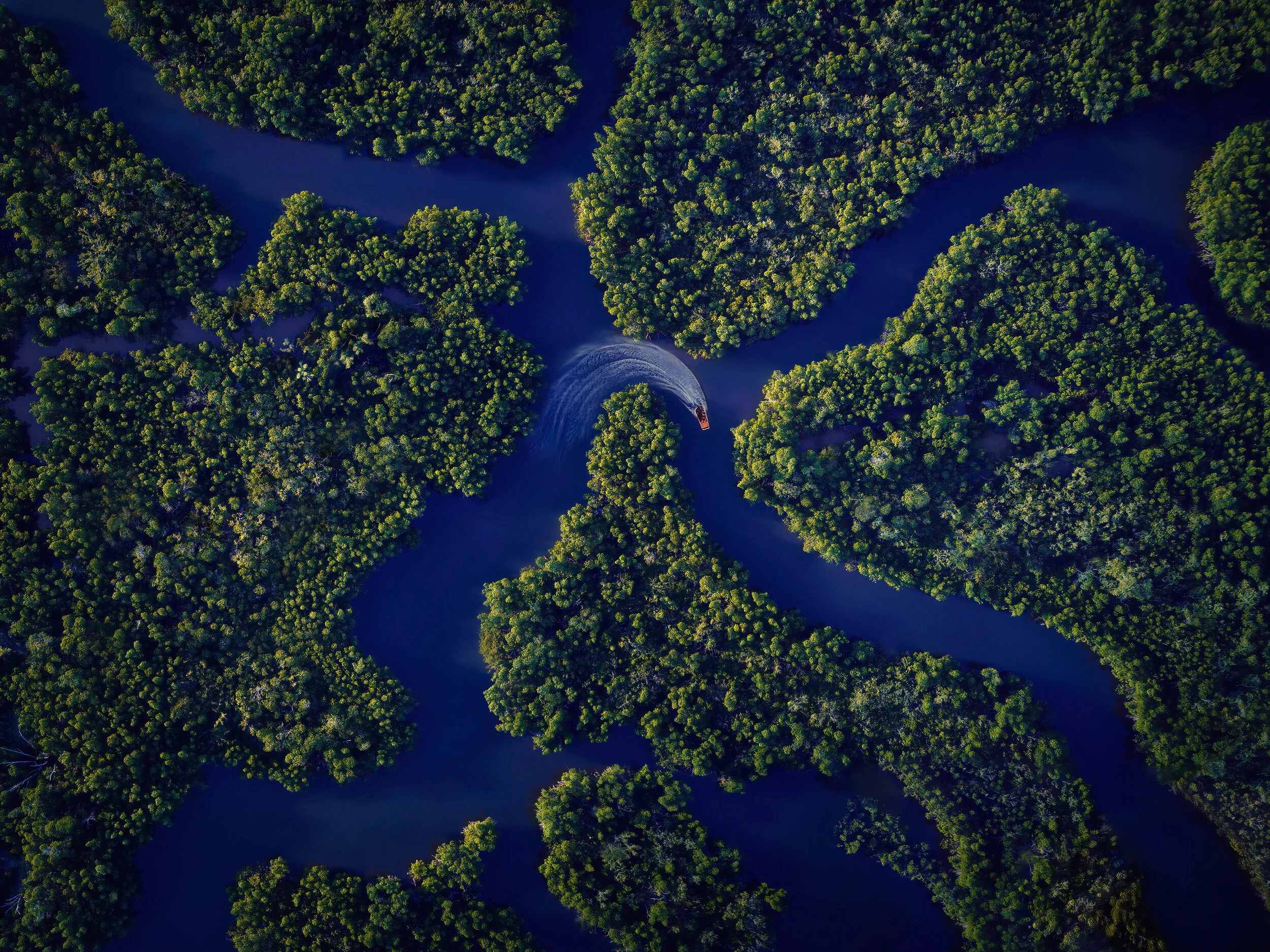Florida boasts not only beautiful beaches and brilliant sunsets but also boundless biodiversity. It is one of the most biodiverse states in the U.S., ranking among the top five in endemic species (plants and animals found nowhere else). Unfortunately, with so many unique species and continual expansion into their territory, Florida also ranks among the top five states at risk for species extinction.
This includes species like the gopher tortoise, some of which reside in the Florida Wildlife Corridor.
WildLandscapes are in the process of expanding our work throughout the state of Florida, and it's with these projects in mind that our team toured Florida Wildlife Corridor earlier this month. At the same time, we held meetings with stakeholders to better understand how we can effectively accomplish even more in the state. As these projects unfold, we’re eager to share with you what we’ve been working on!
In the meantime, we want to share some scenes from our recent tour, from the Ocala National Forest Wildlife to marine mammals of Merritt Island Nature Preserve, in the hopes they will inspire you as they did for us.
WildLandscapes, in partnership with Family Lands Remembered, has entered into an agreement with Collier Companies to permanently protect 11,171 acres and to acquire 317,436 acres of mineral rights. All of these lands remain unspoiled, providing essential habitats to many of the Everglades' endangered species. Securing the Collier properties will position the National Park Service (NPS) and the U.S. Fish and Wildlife Service (USFWS) with the opportunity to ensure connectivity between large conservation areas and landscapes in Florida, and prevent future harmful development or exploitation.




